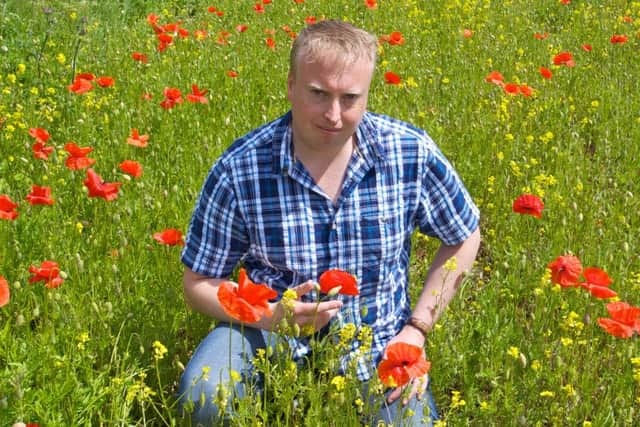Country & Coast: Collaboration leads to a rare flowers revival


Sadly, modern methods to increase crop production on farms like the use of chemical sprays and loss of wide field edges - where this beautiful little flower once thrived - have brought about a catastrophic decline, and these days it is found mainly in parts of Wales and the south of England.
Across most of Yorkshire it is ultra rare, if present at all, and in the vast swathe of farmland from the Humber westwards to the River Derwent and north to Malton and the Vale of Pickering it was long ago officially declared extinct.
Advertisement
Hide AdAdvertisement
Hide AdBut there’s now considerable excitement amongst local botanists, because the small-flowered catchfly has been discovered growing there for the first time in 74 years.
The exciting find on a farm near Pocklington is being hailed as the highlight of the year by an initiative called the Cornfield Flowers Project, which is attempting to revive the fortunes of flowers that were common on arable land before the advent of chemical sprays.
The project is spearheaded by the Carstairs Countryside Trust in partnership with Ryedale Folk Museum, North Yorkshire Moors Association and North York Moors National Park. Through its work, the de-flowering of fields is being reversed by over a dozen participating farmers, who are cultivating native cornfield plants with their crops and bringing several species back from the brink of oblivion.
The project’s coordinator, Tom Normandale, tells me the small-flowered catchfly was so rare it wasn’t even considered to be a species they could help to reintroduce on Yorkshire farms. “So it’s especially pleasing that it decided to pop its head up,” he says.
Advertisement
Hide AdAdvertisement
Hide AdThe farmer who found it, Martin Stringer of Old Rectory Farm at Hayton, has managed to gather seeds from the plant and they are germinating well, offering the prospect of the flower being reintroduced to fields in other parts of Yorkshire.
The project’s 25-acre show site at Silpho near Scarborough has seen some notable new flowers become established. For example, four bee orchids were found in the meadow, and after years of trying to introduce it at Silpho the beautiful little purple-flowered Venus’s-looking-glass was finally identified.
One of the project’s biggest success stories has been the red hemp nettle, which was classed as one step from total extinction in the wild and a decade ago was known to exist locally at just one site near Thornton-le-Dale. Thanks to 13 seeds being obtained from the plant it now grows at several locations in North and East Yorkshire.
Tom says that finds like these demonstrate there is always hope that traditional species of cornfield flowers will one day reappear.